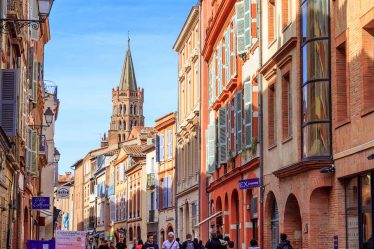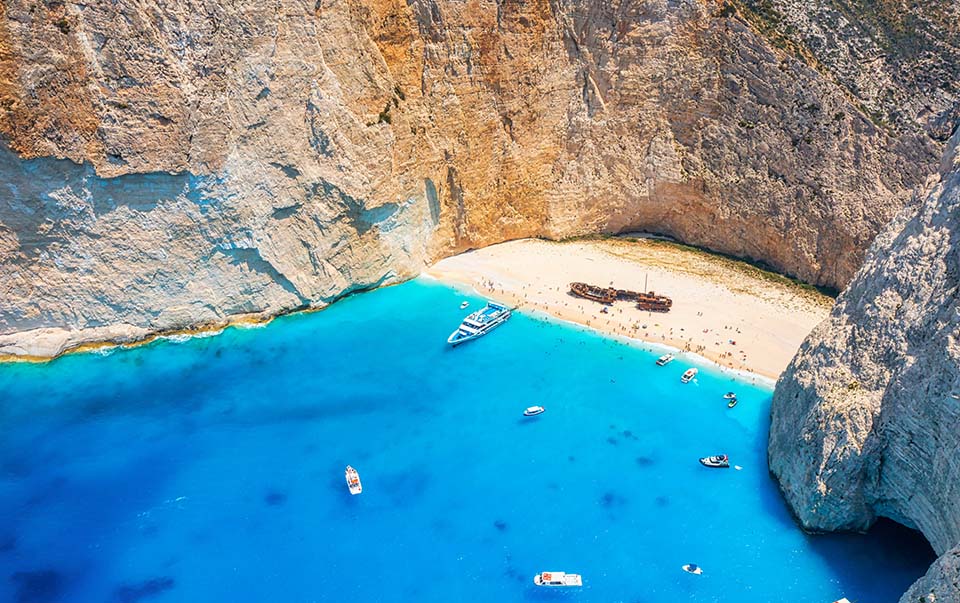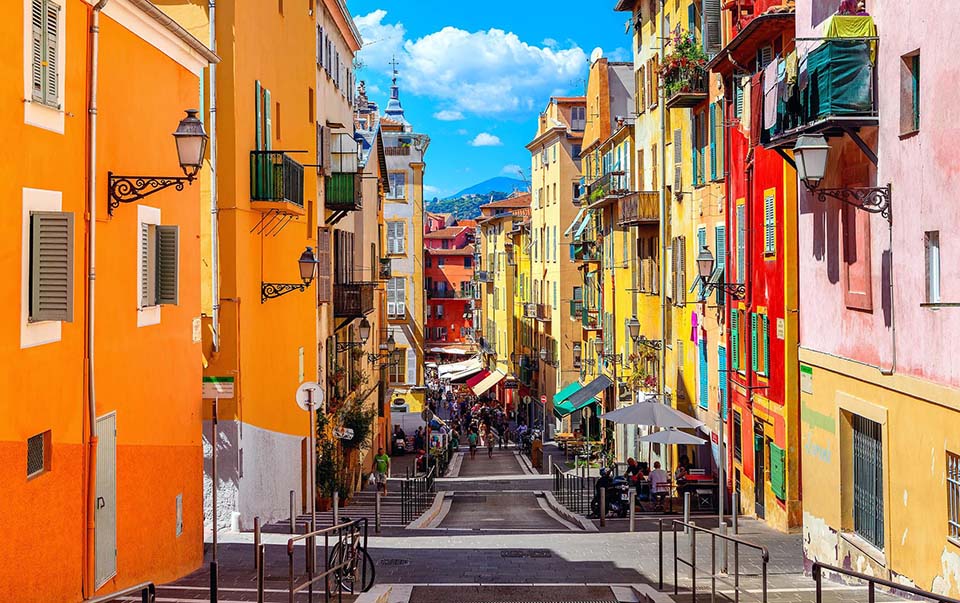
I’m excited to share my latest adventure with you: a trip to the enchanting city of Nice on the French Riviera. Known for its stunning Mediterranean coastline, charming old town, and vibrant cultural scene, Nice offers a mix of relaxation and excitement that’s hard to resist. In this guide, I’ll cover everything from essential travel gear and local customs to must-visit attractions and street food recommendations.
Packing Essentials and Clothing for Nice
Before setting off, packing wisely is key to enjoying your trip to Nice. Here’s what I found essential for this stunning destination:
Travel Gear:
- Lightweight Luggage: A rolling suitcase or a sturdy backpack that can handle a bit of wear and tear.
- Comfortable Walking Shoes: Nice’s cobbled streets and scenic promenades demand comfortable footwear. I recommend a pair of stylish yet practical walking shoes.
- Sunglasses and Sunscreen: The Mediterranean sun can be intense. Protect yourself with high SPF sunscreen and a pair of good sunglasses.
- Reusable Water Bottle: To stay hydrated while exploring.
- Adapter and Charger: France uses type C and E plugs, so don’t forget an adapter if your devices have different plugs.
Clothing:
- Casual Wear: For daily sightseeing, think light and breathable fabrics. Nice enjoys a mild climate, but evenings can get cooler, so packing a light jacket is a good idea.
- Swimwear: If you plan to hit the beaches, don’t forget your swimwear. Nice has some beautiful public and private beaches.
- Dressy Outfit: For dining out or attending a local event, having a dressy outfit can be useful. Nice has a vibrant dining and nightlife scene that occasionally calls for something a bit fancier.
Currency Exchange and Local SIM Cards
Currency Exchange:
- Euros: France uses the Euro (€), so ensure you have some on hand. You can exchange currency at banks, exchange offices, or ATMs. I found that ATMs usually offer competitive rates, but always be mindful of transaction fees.
- Credit Cards: Most places accept major credit cards, but it’s handy to have some cash for small purchases or local markets.
Getting a Local SIM Card:
- Purchasing a SIM Card: For a local SIM card, head to any major telecom store like Orange, SFR, or Bouygues Telecom. They offer various prepaid plans with data and calling options.
- Documentation: Bring your passport, as you may need it to purchase a SIM card. The process is usually quick, and you can get connected in no time.
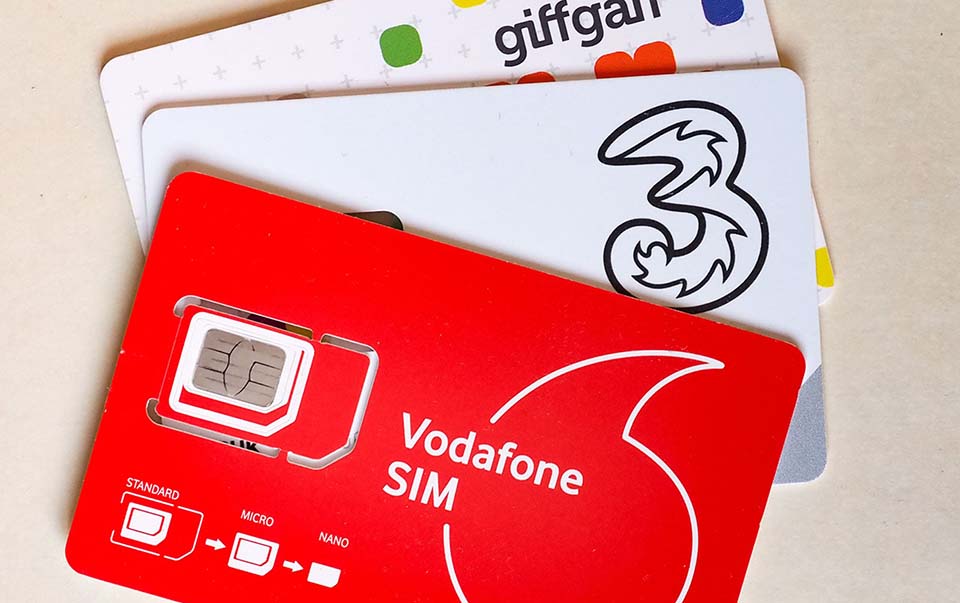
Local Etiquette and Cultural Tips
Understanding local etiquette can enhance your experience and help you blend in seamlessly. Here are a few cultural tips I learned during my stay:
Greetings and Politeness:
- Bonjour: Always greet people with a polite “Bonjour” during the day or “Bonsoir” in the evening. The French appreciate courteousness.
- Handshakes and Kisses: A handshake is common when meeting someone for the first time. Among friends, a light kiss on both cheeks is a typical greeting.
Dining Etiquette:
- Table Manners: Keep your hands on the table (but not your elbows). It’s considered polite to finish everything on your plate, and don’t start eating until everyone is served.
- Tipping: Tipping is not mandatory as a service charge is usually included, but rounding up the bill or leaving a small tip for excellent service is appreciated.
Personal Space and Conversations:
- Personal Space: French people value personal space, so avoid standing too close. Maintain a respectful distance in conversations.
- Language: While many locals speak English, making an effort to use French, even just a few words, is always appreciated.
Dress Code:
- Smart Casual: The French generally dress smartly, even casually. Avoid overly casual attire such as sportswear when visiting restaurants or cultural sites.
Personal Anecdote:
On my first day, I accidentally greeted a shopkeeper with “Salut” instead of “Bonjour.” It was a small mistake, but it led to a lovely conversation where the shopkeeper kindly corrected me and shared some tips about local customs. It was a reminder of how a small effort to respect local etiquette can lead to enriching experiences.
Top Attractions in Nice
Here are my top four must-visit attractions in Nice:
Promenade des Anglais:
- Overview: This iconic 7-kilometer stretch along the Mediterranean Sea is perfect for a leisurely stroll. It’s lined with palm trees, luxury hotels, and beautiful beaches.
- How to Get There: It’s centrally located and easily accessible by foot, bike, or public transport.
- Tips: Visit in the early morning or late afternoon to avoid the midday heat. Don’t forget to take a photo with the “Nice” sign near the Palais de la Méditerranée.
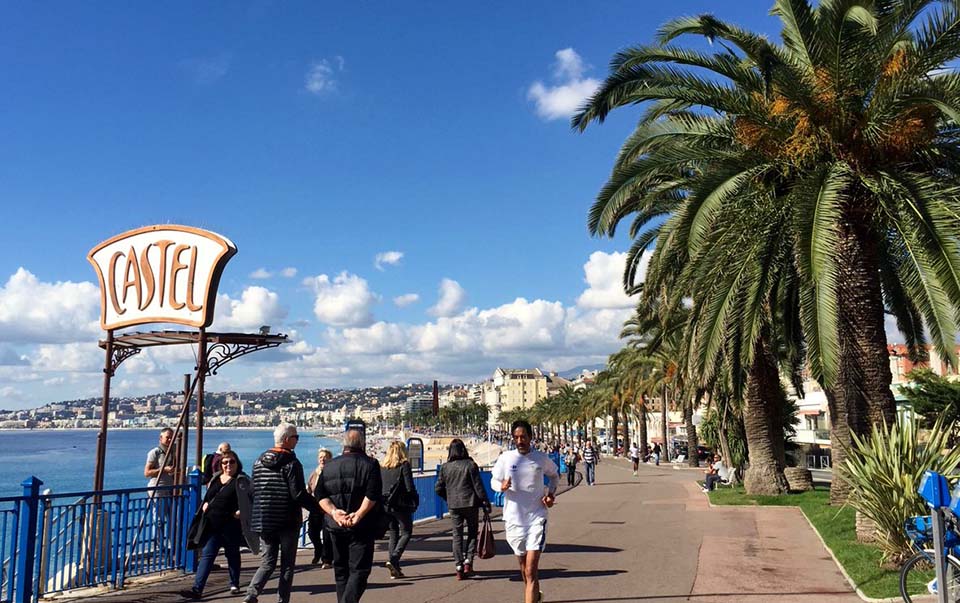
Old Town (Vieux Nice):
- Overview: A maze of narrow streets filled with colorful buildings, bustling markets, and quaint cafes. The Cours Saleya market here is famous for its flowers and local produce.
- How to Get There: It’s a short walk from the Promenade des Anglais or accessible via local buses.
- Tips: Get lost in the charming streets, visit the Baroque Church of Sainte-Réparate, and indulge in some local cuisine at one of the many bistros.
Castle Hill (Colline du Château):
- Overview: Offering panoramic views of Nice, the Castle Hill is a must-visit for breathtaking vistas. Though the castle itself is mostly ruins, the park and views are spectacular.
- How to Get There: You can climb up from Vieux Nice or take an elevator for a small fee.
- Tips: Wear comfortable shoes for the climb and bring a camera for the stunning city and sea views.
Musée Matisse:
- Overview: Located in a beautiful villa, this museum showcases the works of Henri Matisse. It’s an essential visit for art lovers.
- How to Get There: It’s situated in the Cimiez neighborhood, accessible by bus or a short taxi ride.
- Tips: Check the museum’s website for any special exhibitions or events. The surrounding gardens are also lovely for a peaceful stroll.
Street Food and Safety Tips
Popular Street Food:
- Socca: A delicious chickpea flour pancake that’s crispy on the outside and soft on the inside. Found at street stalls and local markets.
- Pan Bagnat: A local sandwich made with tuna, olives, and vegetables. It’s a perfect grab-and-go meal.
- Pissaladière: A savory onion tart with anchovies and olives, a Niçoise specialty.
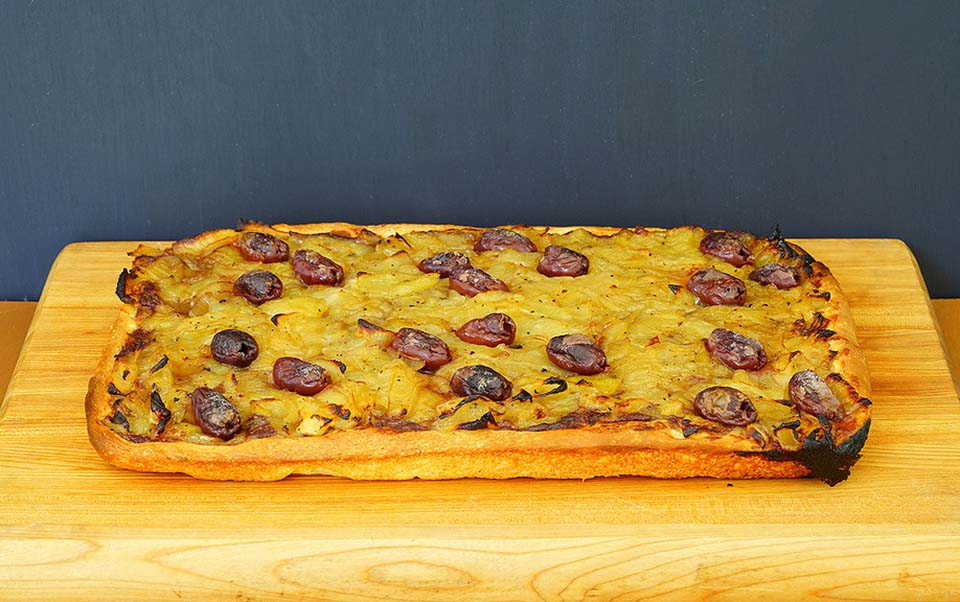
Food Safety Tips:
- Choose Busy Stalls: Opt for food stalls that are busy, as high turnover often means fresher food.
- Check Hygiene: Look for clean and well-maintained stalls. Avoid food that’s been sitting out for too long.
- Drink Bottled Water: While tap water is generally safe, bottled water is a good option, especially if you have a sensitive stomach.
Planning Your Itinerary and Budget
Itinerary Planning:
- Day 1: Explore the Promenade des Anglais and relax on the beach. Visit the Old Town in the afternoon.
- Day 2: Spend the morning at Castle Hill and the afternoon at the Musée Matisse. Enjoy dinner at a local bistro.
- Day 3: Take a day trip to nearby towns like Cannes or Monaco, or enjoy a leisurely day exploring more of Nice’s local markets and shops.
Budget Tips:
- Accommodation: Consider booking in advance to get better rates. Look for deals on booking sites or consider staying in a vacation rental.
- Dining: Mix up your dining experiences between street food, local bistros, and occasional fine dining to manage your budget effectively.
- Transport: Use public transport for getting around the city. It’s efficient and cost-effective.
Travel Insurance:
- Why It’s Important: Travel insurance can cover unexpected events like medical emergencies, trip cancellations, or lost luggage.
- Recommendation: Choose a policy that covers the essentials for your trip. Companies like Allianz or World Nomads offer comprehensive travel insurance options.
Personal Note:
Planning a trip can be overwhelming, but breaking it down into manageable steps and staying flexible can make the experience enjoyable. I remember feeling a bit anxious about navigating a new city, but taking it one day at a time and being open to new experiences made all the difference.

